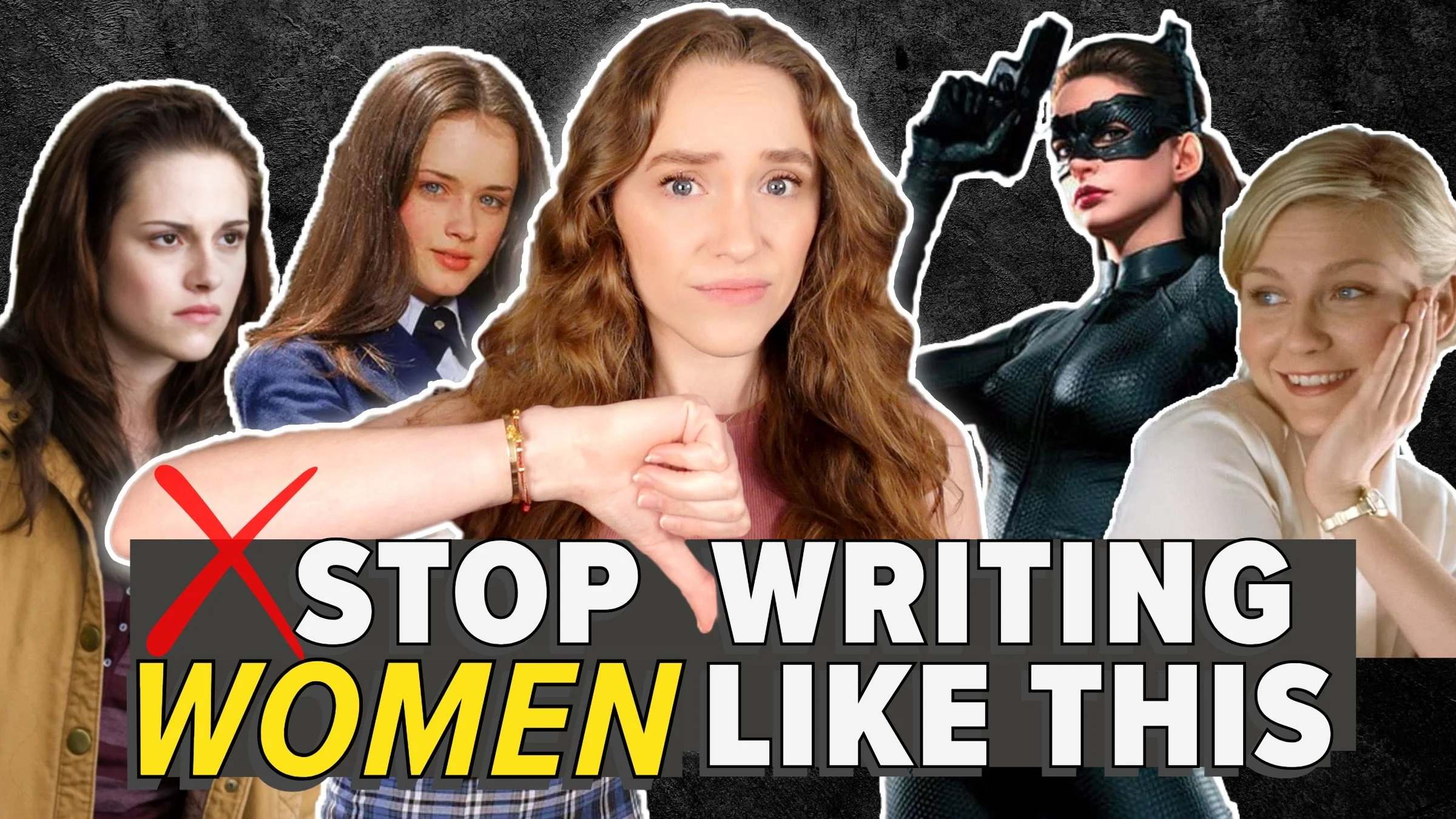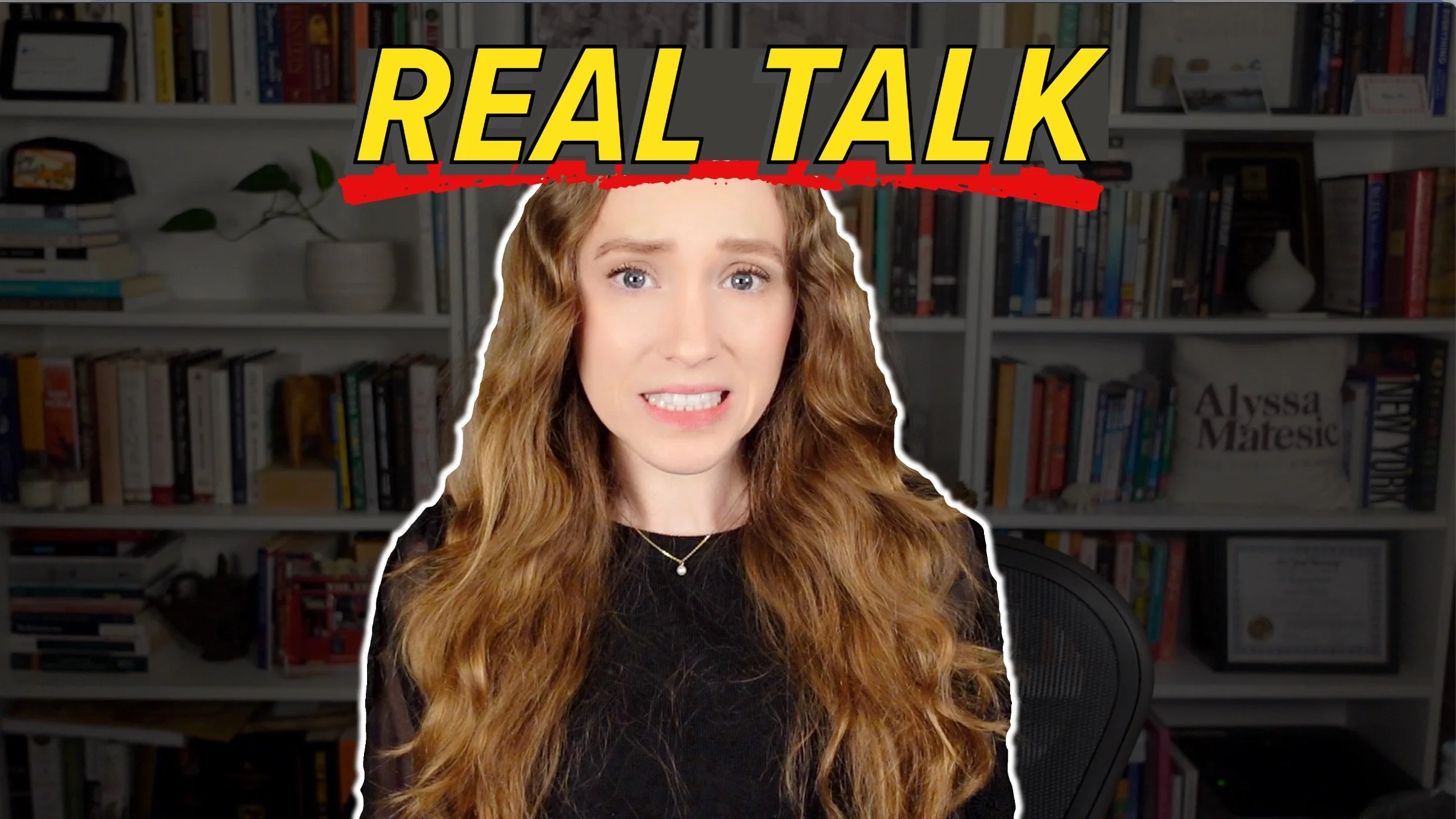How to Write a Query Letter from Start to End
HIT PLAY OR READ THE POST BELOW:
I was recently catching up with an agent who I used to work with, and she told me that it is immediately clear to her when someone has read up on how to write a query letter versus a writer who doesn't know what they're doing.
That goes to show that looking up what a query letter entails does affect how agents respond to queries, so today I want to walk you through all the components of a standard query letter so that you can put your best foot forward when sending out queries.
The Opening Paragraph
The first paragraph in your query letter should contain the personalization and the overview.
Now, I understand the desire to make your query stand out by starting it off in a different and unique way, maybe with a quoted line from your story or an interesting tidbit about yourself. Unfortunately, sometimes these tactics can actually do the opposite and turn agents off because you are not following the standard query structure. It can come across as amateurish and unprofessional, especially if it doesn’t hook their interest. Instead, there are two things I always recommend including in the opening paragraph of your query letter.
The first is a personalized line explaining why you are reaching out to the particular agent. Including this line does require going an extra step, which can be hard when you are querying dozens and dozens of agents. But, especially for the agents you are particularly excited about, I do recommend taking this extra step.
In this line, you can reference another author or book the agent has represented that you think aligns with your own book, such as if it’s in the same genre. You can say something like, “I saw that you represented [AUTHOR] and I'm excited to present my novel, which is also [GENRE].” This sentence doesn't have to be long. It should just show the agent that you know the types of authors they represent and that you could see yourself on their client list as well because of that.
If you don’t or can’t do this personalizing work for an agent, because you either can’t align your project with their other clients’ works or aren’t familiar with their work in general, then you can take out the personalization line entirely and just include the second component of the first paragraph, which is the overview.
The overview of your project is simply the book’s title, word count, and genre. It is very important to have these elements in the opening paragraph of your query because the agent will want to know this information immediately. So make sure you give them that information quickly by just including it in your opening paragraph. This can look like, “I am seeking representation for my book, [TITLE], which is [GENRE] and complete at [#] words.”
When learning how to write a query letter, it’s important to understand the key components of the opening paragraph. With these two lines, you will quickly show the agent why you are a good fit for them and what the important technical details of your manuscript are.
The Blurb Paragraphs
The middle section of your query is arguably the most important part. This is where you describe your project to the agent through a blurb, whether it be a novel or a nonfiction book, and hopefully entice them to then read your sample pages and then request the full manuscript.
The plot blurb should only be two to four paragraphs in total, and it should feel like a movie trailer for your book. You want to tease the main conflict and characters of the story or, in the case of nonfiction, you want to explain the value the reader is going to get and the main question the book explores.
A key point here is that you do not want to give away everything about your book. Don’t give away any spoilers, and in the case of nonfiction, don’t give away all the points of your argument. Instead, aim to give an enticing overview of what the reader can expect when diving into your book. Another way of putting it is that this section should read like the description copy that goes on the back of the book or online on its product page.
Part of learning how to write a query letter is nailing the book blurb section. Since the blurb is so crucial but also can be so difficult to craft, don’t be afraid to put a lot of time and effort into properly crafting your book’s blurb.
Want a publishing professional to review your query letter?
The Comparable Titles Paragraph (Optional)
The next paragraph in your query letter is the comparable titles paragraph. Not everyone includes this paragraph and it is not a requirement, but I think it is a huge missed opportunity if you do not include comparable titles in your query letter.
Comparable titles can elevate your query above the rest because it shows the agent you are knowledgeable about the current book landscape and can see how your project fits into it. You are also showing them there is an appetite for this type of book in the market, which is very important because, at the end of the day, the literary agent is trying to sell your book to a publisher.
The key with the comparable titles paragraph is to either do it right or don't do it at all. So, if you're feeling totally lost, if the only books you can think of are canonical books published many years ago or huge bestsellers, then it's not a good idea to use a comparable titles paragraph. But, I do recommend at least trying to see if you can come up with some comparable titles that you feel good about.
Some general guidelines for comparable titles are to include either two or three comparable titles in total. Using just one doesn't make sense because it might seem like you’re too influenced by that book, and using more than three makes it seem like you’re confused as to what audience you are targeting.
You also want to explain what exactly about each of your comps aligns to your own book, whether it’s the tone, the structure, the character arcs, the setting. Any of those elements will help the agent understand what parts of those other books align with yours
Lastly, the comps should have been published within the past five years or so, and also be ideally traditionally published through a major publishing house.
As with the personalization line, this paragraph can involve a bit of research, but it’s worth putting in that time to make your query letter the best it can be.
The Bio Paragraph
After the comparable titles paragraph comes your author bio. A lot of writers get hung up on this section, and I get it — it can be awkward trying to figure out how much personal information is too little or too much, so here are some fast tips.
You can keep the bio short, especially if you are querying a novel. It only needs to be about two to four sentences. If you are writing for a specific niche of nonfiction, then it is more important to include a comprehensive bio to show why you are a subject matter expert, specifically including any credentials or experience relevant to the topic of your book.
In your bio, be sure to include any type of writing credentials you have, be it a degree or any prior publications in literary journals, magazines, or newspapers. If you have participated in a retreat or a creative writing workshop experience, that’s also great to include. However, it is totally okay if you do not have any formal writing experience — but if you do, then you should include it.
The second point to include is what you do in your life outside of writing. Whether it’s a day job, homemaking, or enjoying retirement, including this detail helps the agent understand how writing fits into your life. They will not expect you to have quit your day job in order to become a full-time author.
The last point I recommend putting in your bio is where you're currently based. The agent is eventually going to have to know that for professional reasons, and as publishing gets more and more globalized with non-American based authors being represented by US agents, it’s important for them to know where you are based. Plus, you never know if the agent has a personal connection to your home location, so it's good practice to let them know where you’re from.
The Closing Paragraph
The closing paragraph in the query letter is very simple and uses basic sign-off language. As I mentioned in regards to the opening paragraph, you don't want to try to do anything overly verbose or cutesy in the closing paragraph.
Sometimes I see writers say things like, “With your representation, we are going to sell a million copies and become rich.” I understand why writers are inclined to make statements like this — they want to express their enthusiasm for and belief in their project — but the agent already understands that you believe in your project, so you don't want to make exaggerated comments in the closing section.
And just like that, you’ve learned how to write a query letter from start to end! After composing the first draft, be sure to re-read and edit your query letter so that it’s as polished as possible, and even consider having a trusted beta reader or even a professional editor review it so you ensure you are putting your best foot forward. If you include all the elements discussed above, your query letter should be a cut above the rest.
Thanks for reading, and happy querying!





